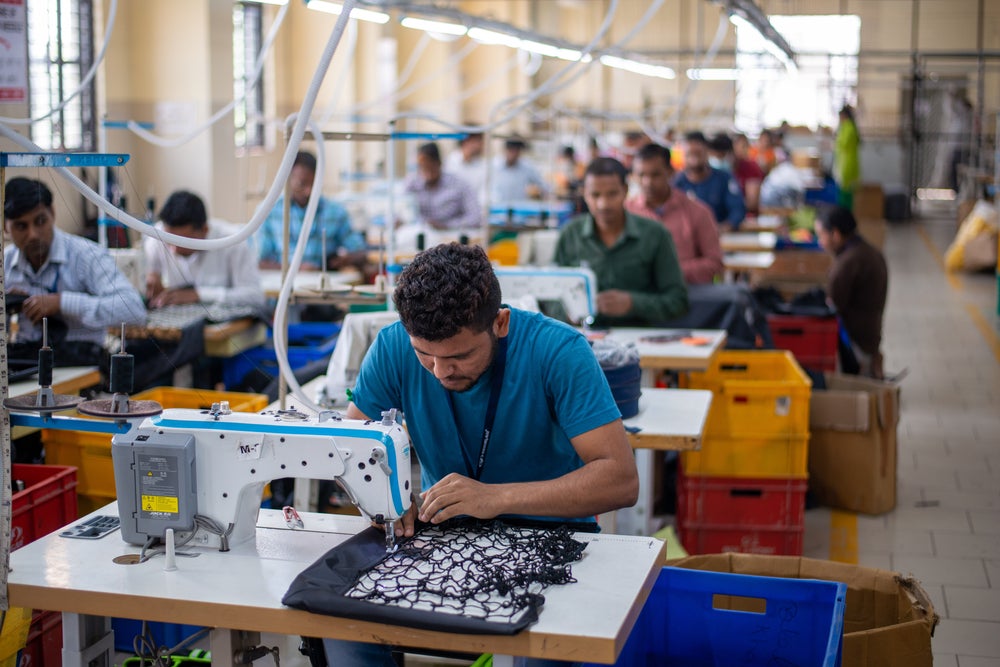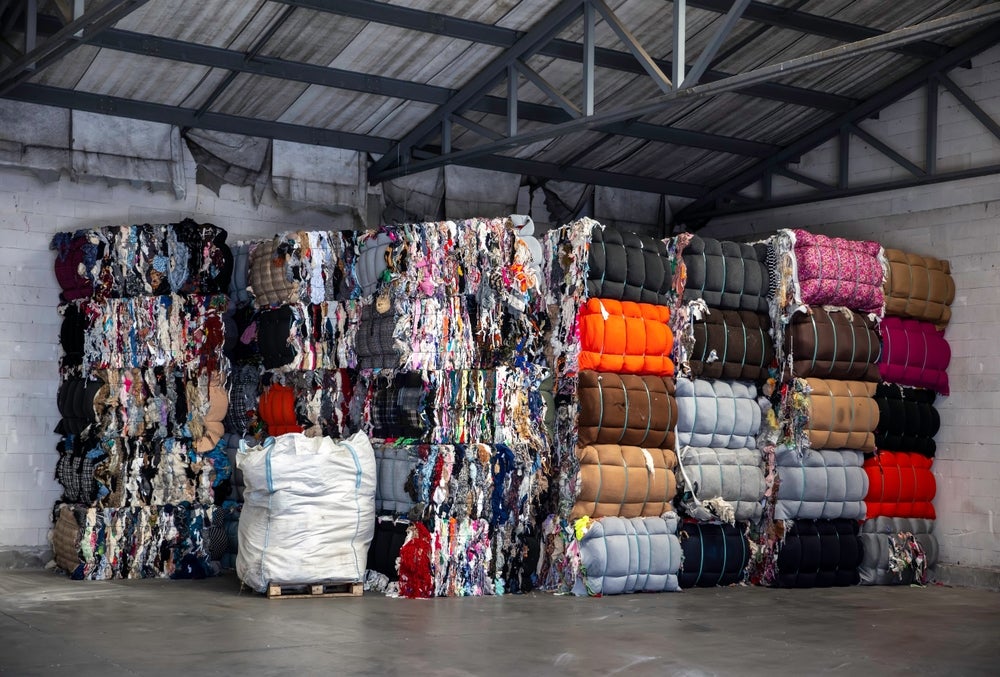To build up supplier transparency, factories certified by the Ethical Supply Chain Program can now publish their details on Open Supply Hub as part of the programme's dataset.
In July, data from nearly 700 ethically certified factories was added to the Open Supply Hub platform, with bi-annual updates planned.
The collaboration is expected to strengthen supply chain relationships by offering buyers a broader selection of ethical suppliers through a free and accessible tool. Simultaneously, it provides ethically operating factories with increased visibility to potential buyers.
Carmel Giblin, CEO and president of the Ethical Supply Chain Program highlighted the growing demand for supply chain transparency. She said : "Brands and retailers are under pressure to share information about where their products are coming from."
She noted that this pressure stems from both consumer expectations and regulatory requirements, such as the European Council's Corporate Sustainability Due Diligence Directive.
“Transparency and collaboration are at the core of what both the Ethical Supply Chain Program and Open Supply Hub are all about. By working together, we’re not only benefiting suppliers, who are working hard to show they are doing business in the right way, but also buyers, who are looking for quicker ways to identify new, responsible suppliers,” Giblin added.
The new initiative complements the Ethical Supply Chain Program's existing sourcing tool, Connect, which it says is already used by many program members for sharing, monitoring and managing ethical supply chain information.
Natalie Grillon, CEO and executive director at Open Supply Hub, added: "Leveraging a collaborative, open dataset, our aim is to help more suppliers see the value and business case for transparency and give them a free, public avenue to show that they are serious about making their supply chains safe and sustainable.”
Just Style previously analysed fashion consumers' push for cleaner fashion supply chains and the growing demands from workers to see more transparency and have a bigger voice in decision-making that could change the manufacturing process in future.















